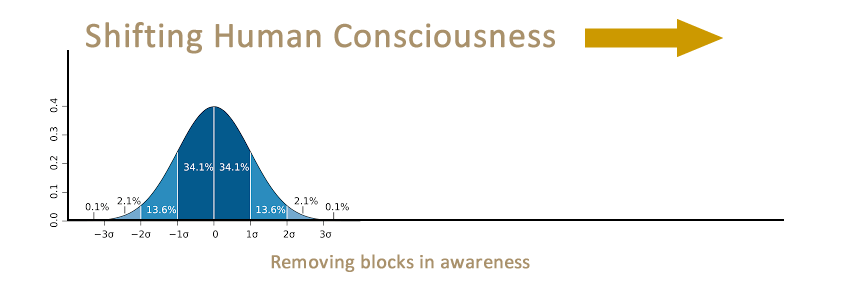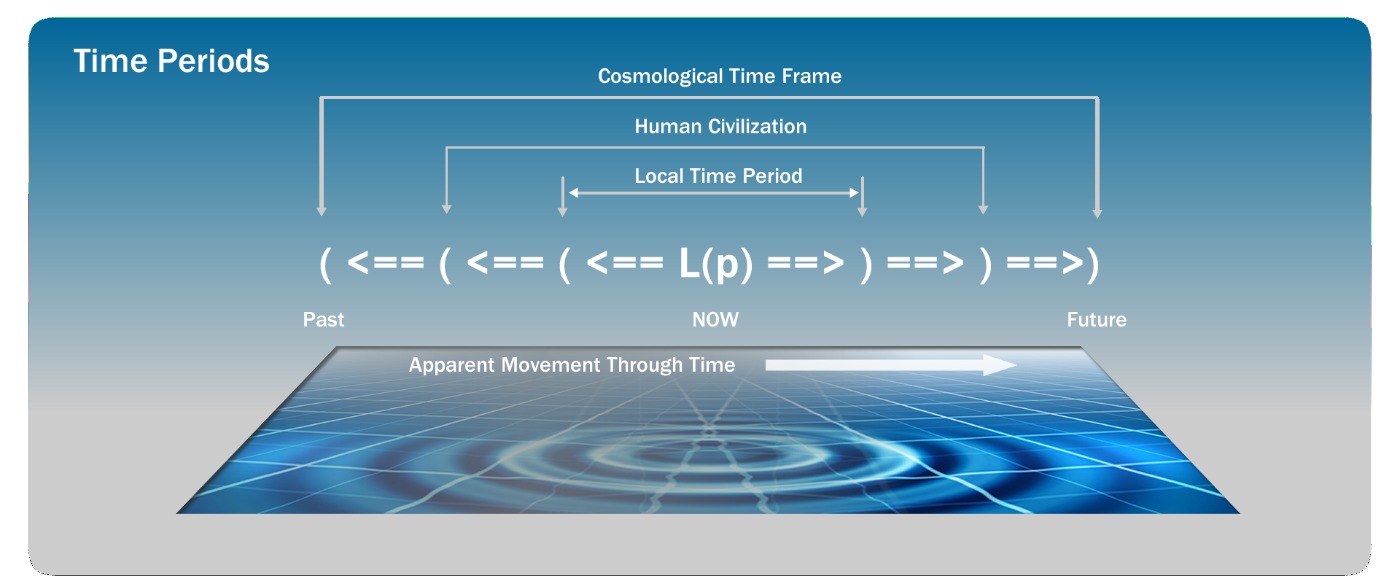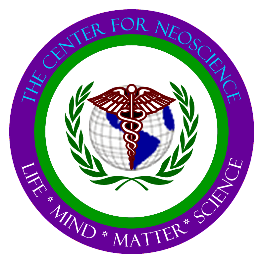Meta-Language and its Development
Meta-Language is based on archetypes in human consciousness. We developed a language system that outlines the human change and transformation process. This has equivalencies in transformational process, the different elements of spiritual practice, and information processing. The Neoscientific catalog of archetypes which are translated into a symbolic icons and effects constitute a new language that comprise the elements of the language that deal directly with human consciousness, the sphere of knowledge, the perceptual field model of consciousness, knowledge representation spaces, and information space in general. These linguistic elements are then operable on concept maps (cMaps), mindMaps, information maps and directly to 3D and 4D knowledge representation spaces, game spaces and beyond, resident in the new U, I, WE, and US platforms.
Meta-Language is Embedded Directly into the Computing Platforms
There are several advantages to a language like this that go far beyond the icon languages of current computing platforms, like Microsoft’s, Windows, or Apple’s OS platforms. In these examples icons are static and while representative of an object like an application, they general serve no function beyond this. In contrast to this meta-language elements can represent a wide array of objects, but they also represent process relative to information space and therefore, provide a basis for processing and handling information, as well as moving through consciousness itself.
Meta-Language is Trans-Cultural and Trans-Lingual
Meta-Language is inherently trans-cultural and translingual in nature. The traditional meaning of translingual phenomena are words and other aspects of language that are relevant in more than one language. In this case it is comprised of elements that function at emerge from deeper than personal levels of consciousness and therefore are foundational in nature. This said, these elements emerge up through personal levels of consciousness. Meta-language is in essence the language of transformation, it is comprised of a distilled set of “process conceptuals” that make up a least common denominator foundation for many languages, and extend out to polyglottal use for this reason. Much in the same way that archetypes emerge up into motifs of waking personal consciousness, and find cultural representation throughout cultures and civilizations both across the world and across time.
Meta-language as a Tool Set for Dealing with Thought and Information
With this understanding about meta-language we can begin to understand its function in a platform that deals directly with mapping information space and human consciousness. Embedded within this are the capabilities to perceptually shift, change paradigms, transform, self-emancipate, which are all nearly synonymous terms. This capability gives us a powerful tool set for dealing with big data, information in general, solution finding and personal growth and development.
The Trans-Spatial-Temporal Capacity of Meta-Language
Because the meta-language is process and object oriented it is also trans-spatial-temporal meaning it is not temporally or spatially bound. Most modern-day contemporary languages indicate relations via tense to time, i.e., past, present and future; further they represent causal relationship between subject and object. While meta-language supports these descriptive formats relative to the spatial-temporal domain, it is not limited to it. Moreover, in so far as language, determines the thinking process of humans (c.f. linguistic relativism), its particular use is often a self-imposed limitation on human consciousness.
Parallels in Psychology, Sciences and Mathematics
The work of Carl Jung, Joseph Campbell, Amelia Jaffe and others provide part of the foundation for a trans-cultural basis for world spiritual practices as well as principles that emerge from spiritual practice and mystical experience around the world. These principles also find their parallel in the sciences in everything from self-organizing systems, the processes of autopoiesis, dissipative systems and a vast array of phenomena in physics, mathematics and other fields. There is a fundamental hypothesis we can come to in observing this, that the processes and structures of human consciousness emerge ubiquitously from cultures and civilizations across time and around the world.
“In Jungian psychology, archetypes are highly developed elements of the collective unconscious. Being unconscious, the existence of archetypes can only be deduced indirectly by examining behavior, images, art, myths, religions, or dreams.To understand this we can reference, the way Carl Jung understood archetypes as universal, archaic patterns and images that derive from the collective unconscious and are the psychic counterpart of instinct. They are inherited potentials which are actualized when they enter consciousness as images or manifest in behavior on interaction with the outside world.” (https://en.wikipedia.org/wiki/Jungian_archetypes)









FOLLOW US ...